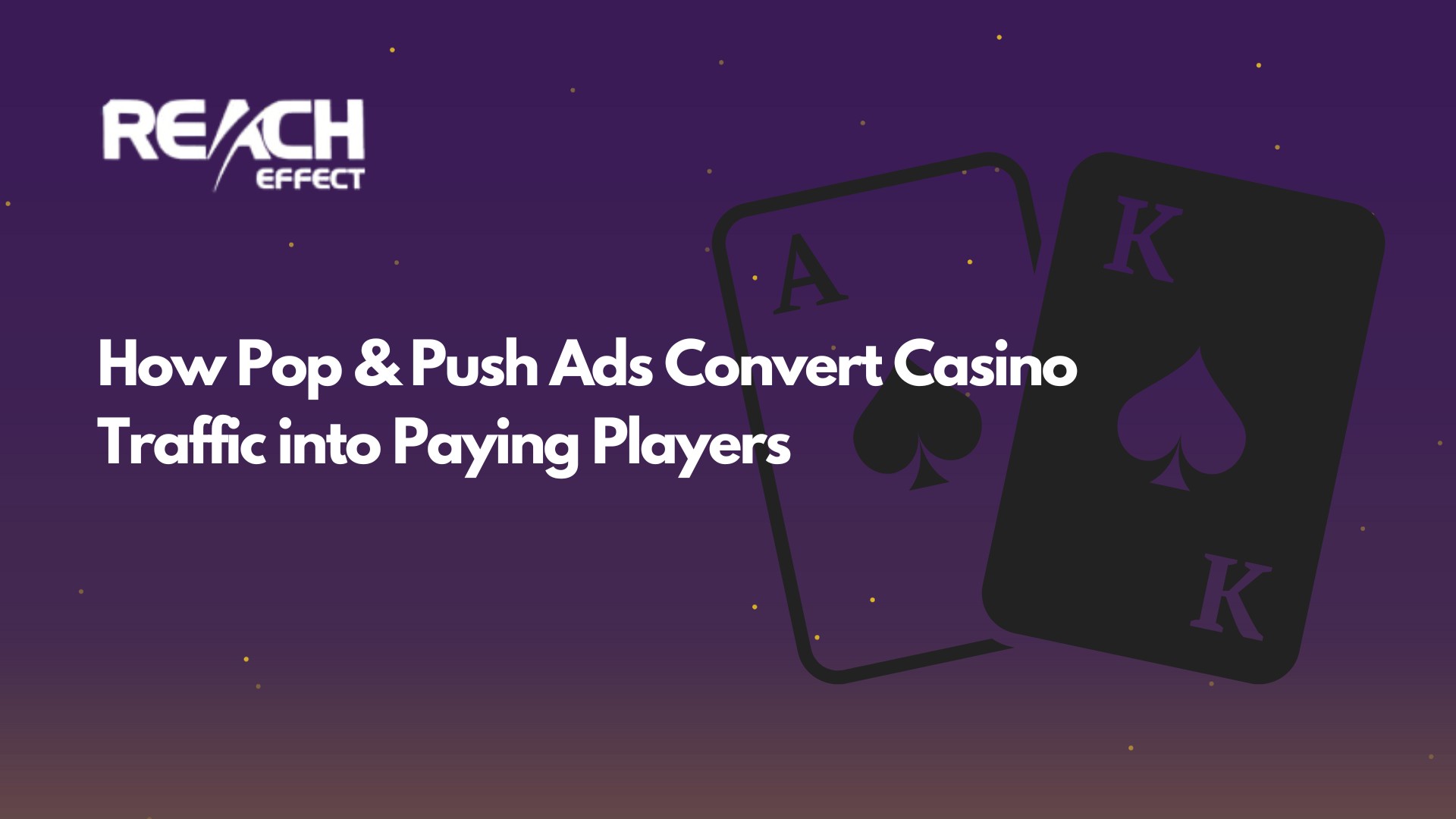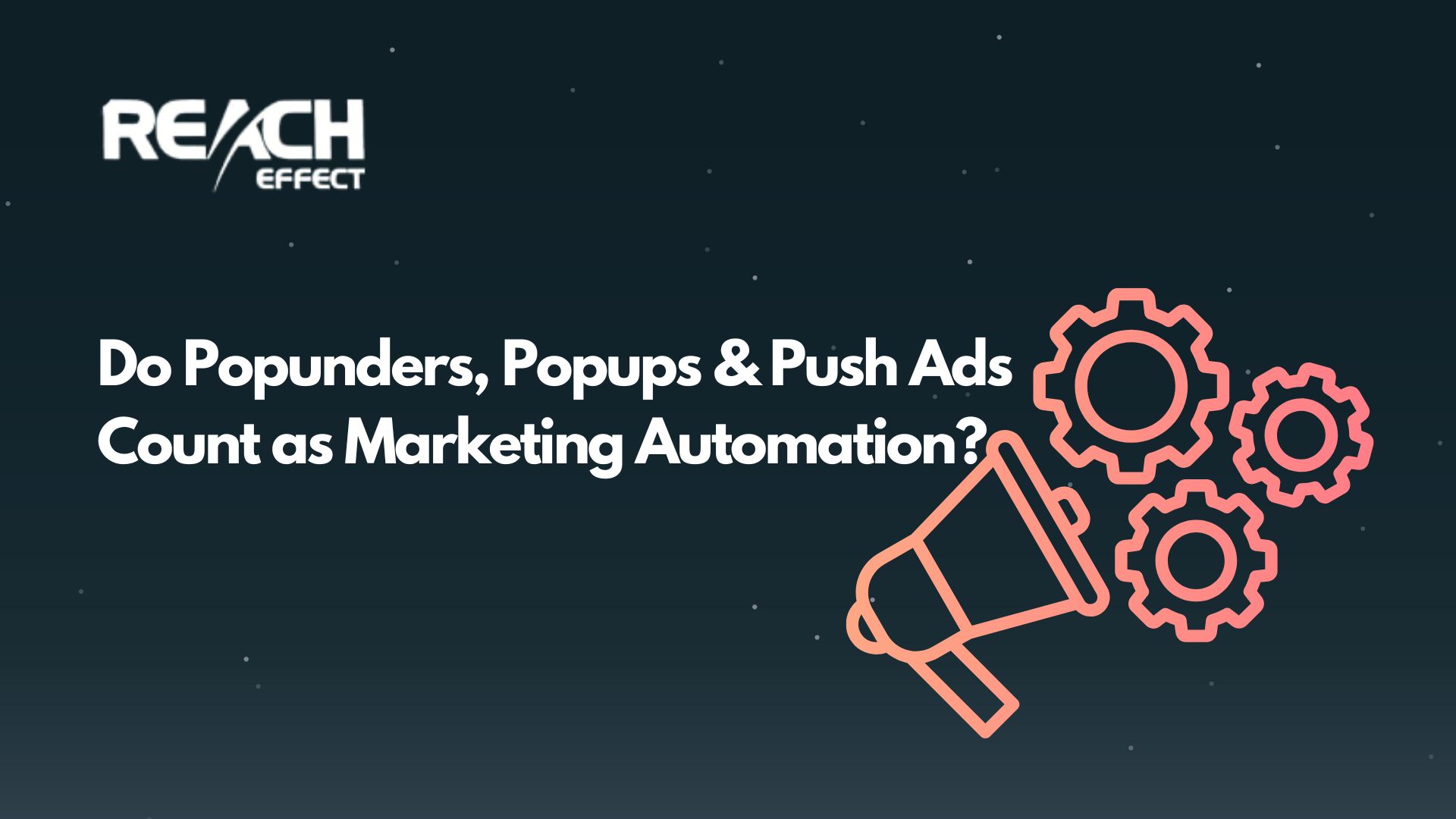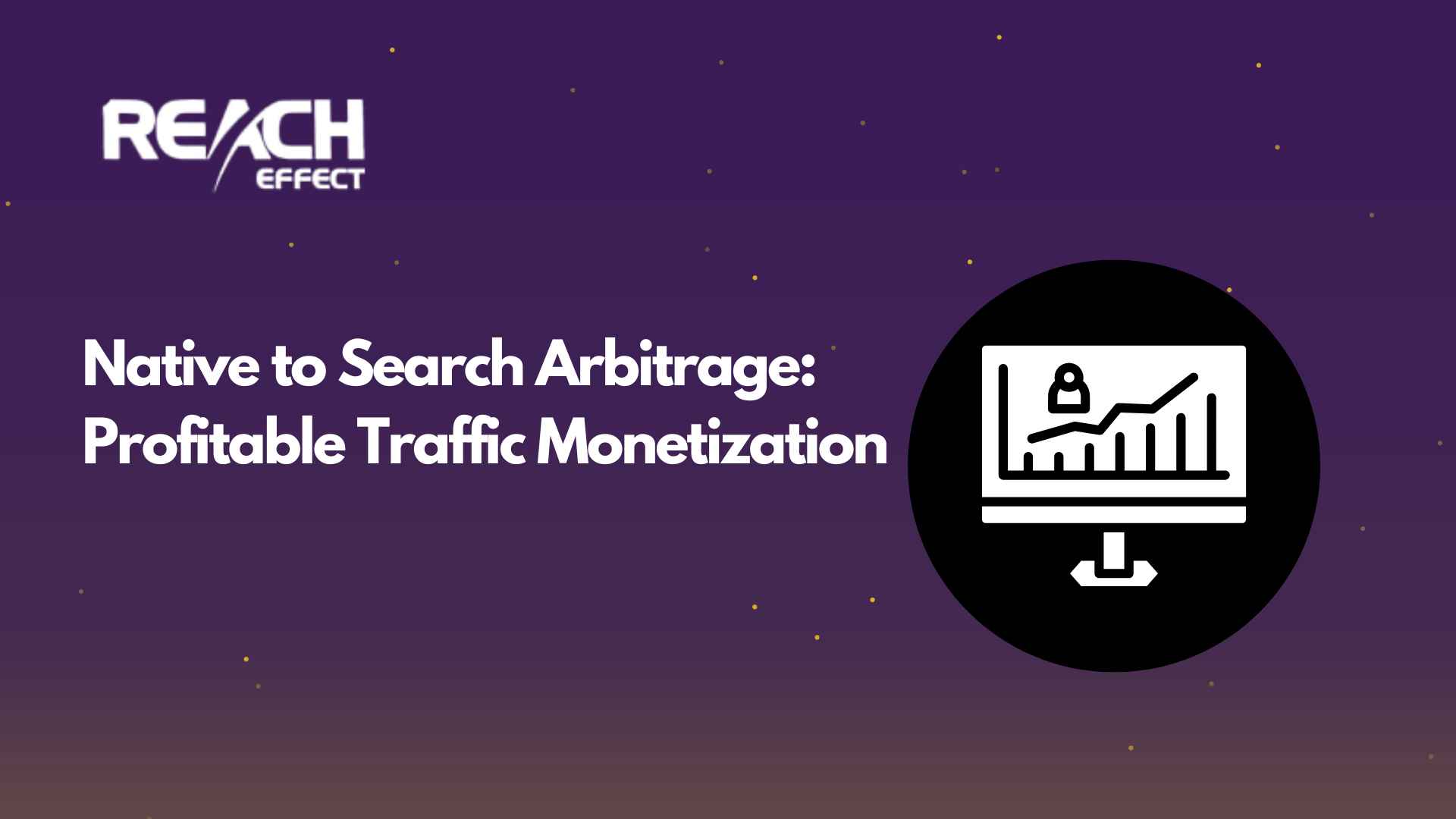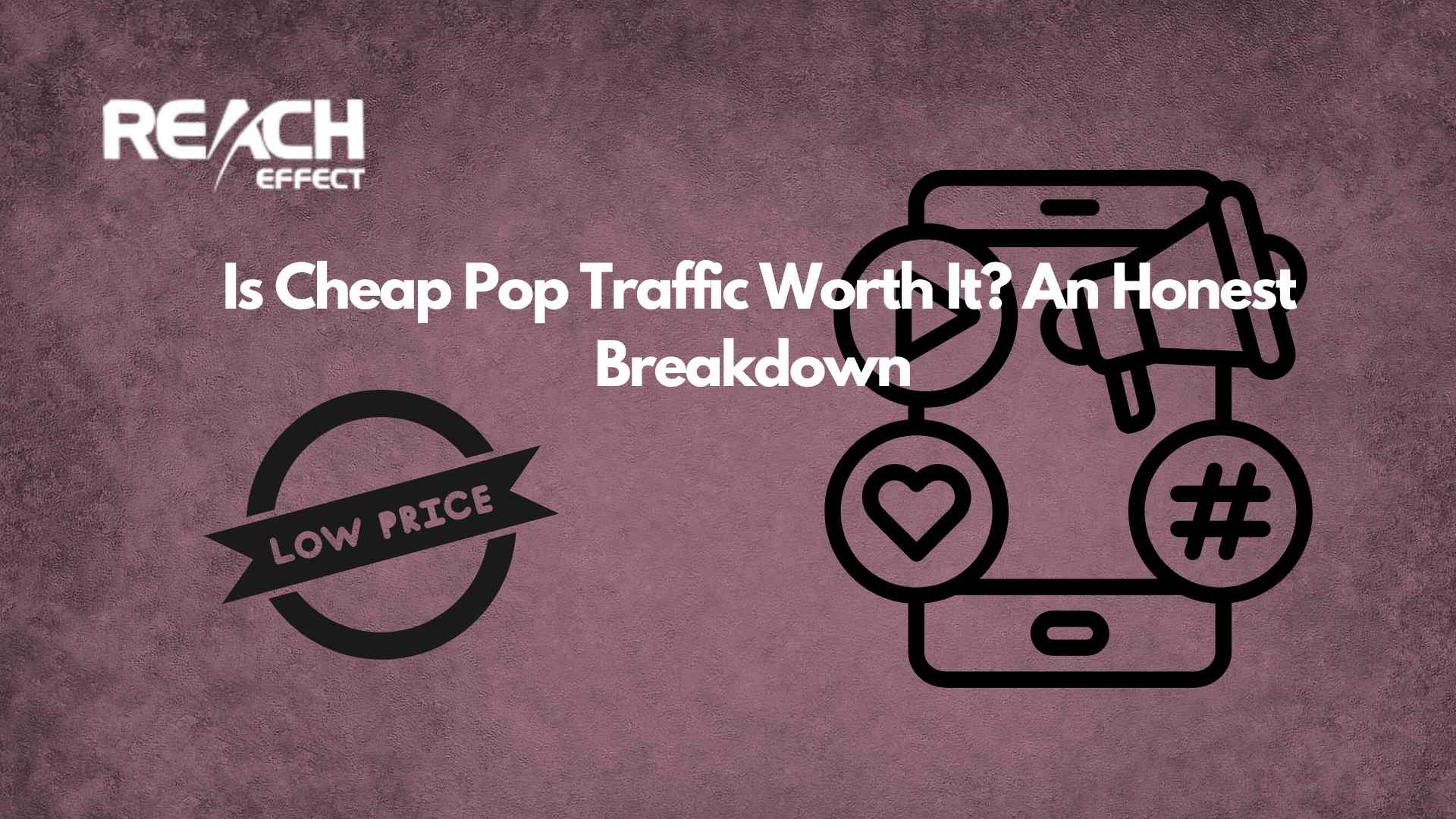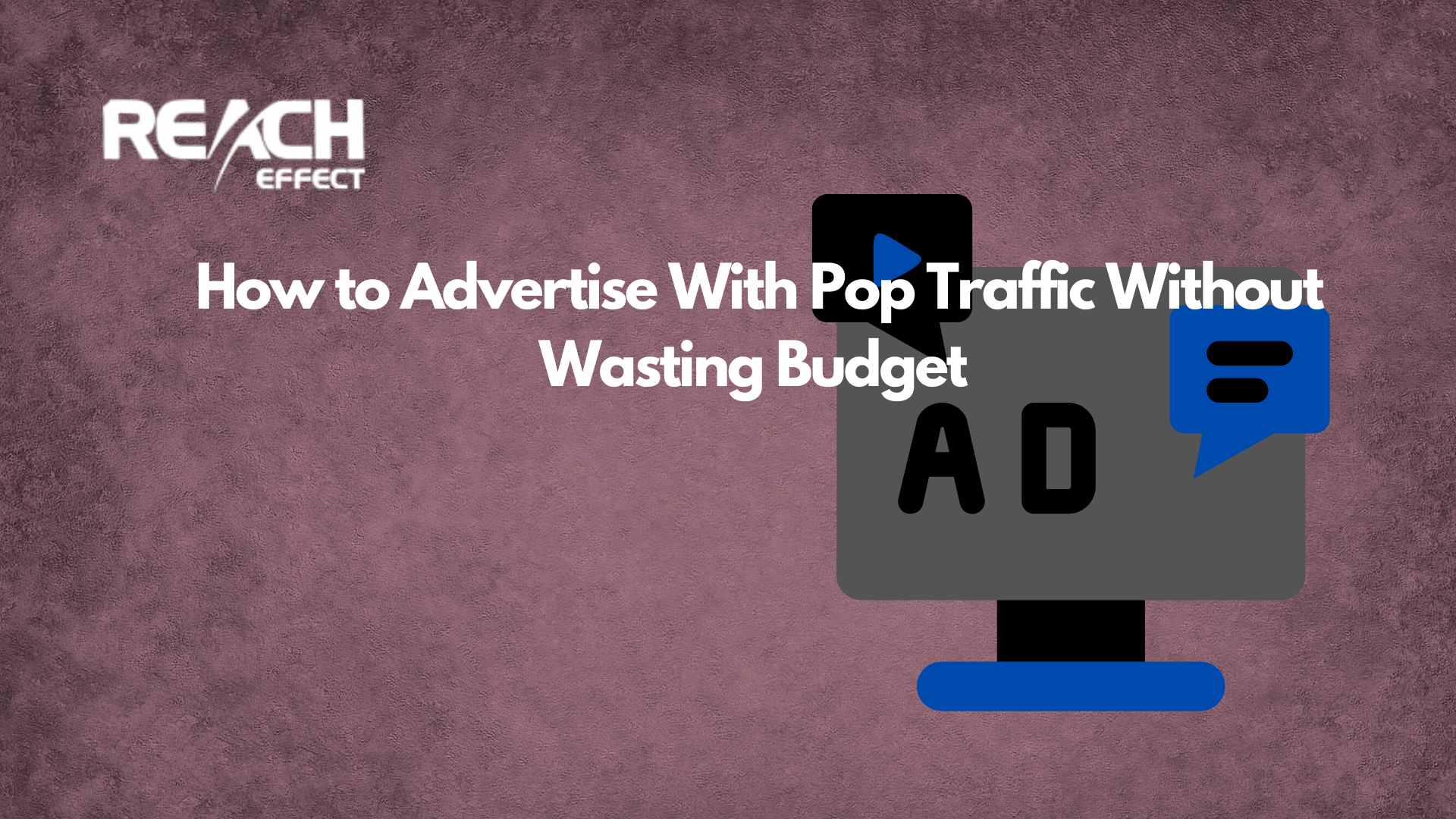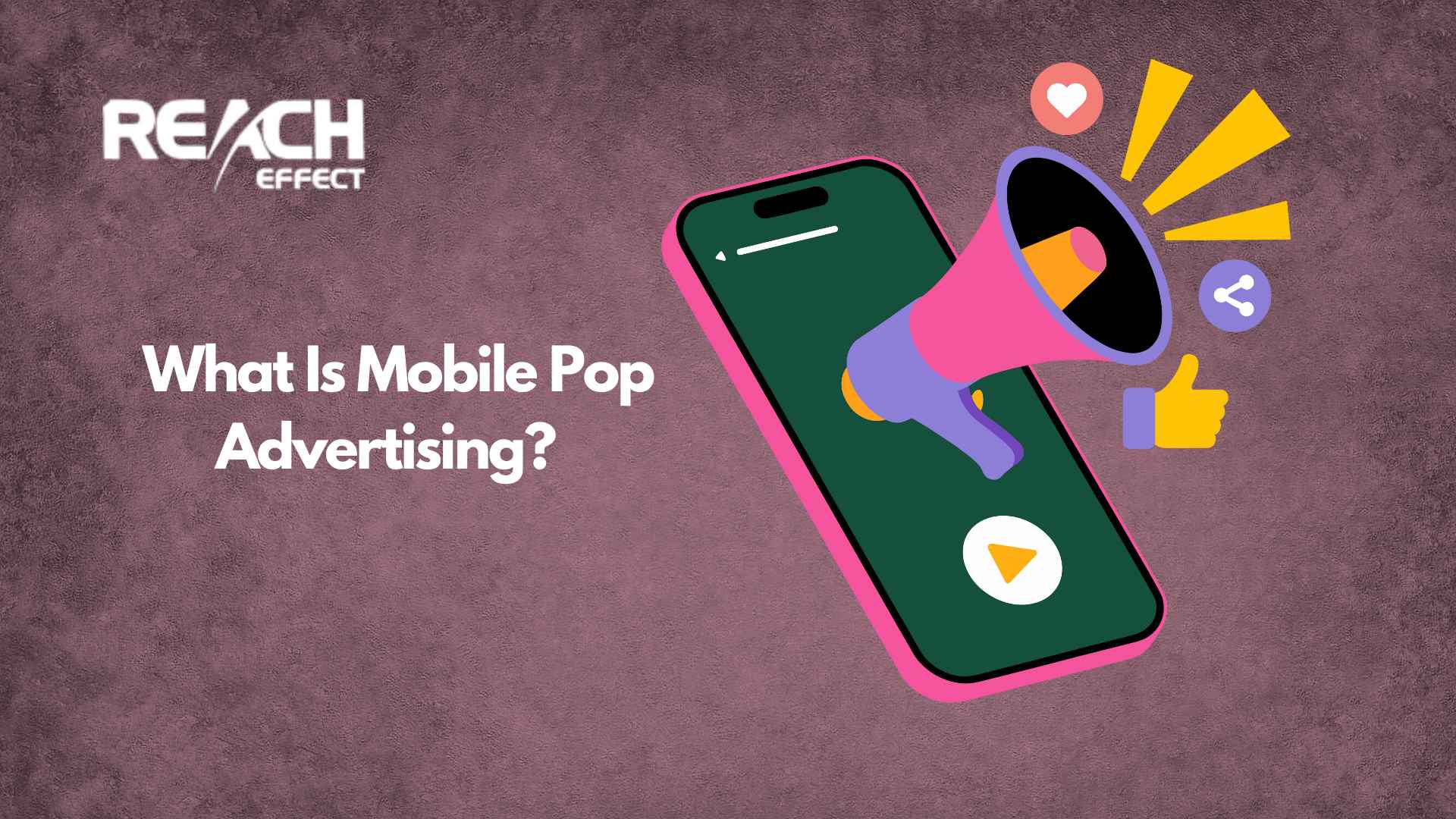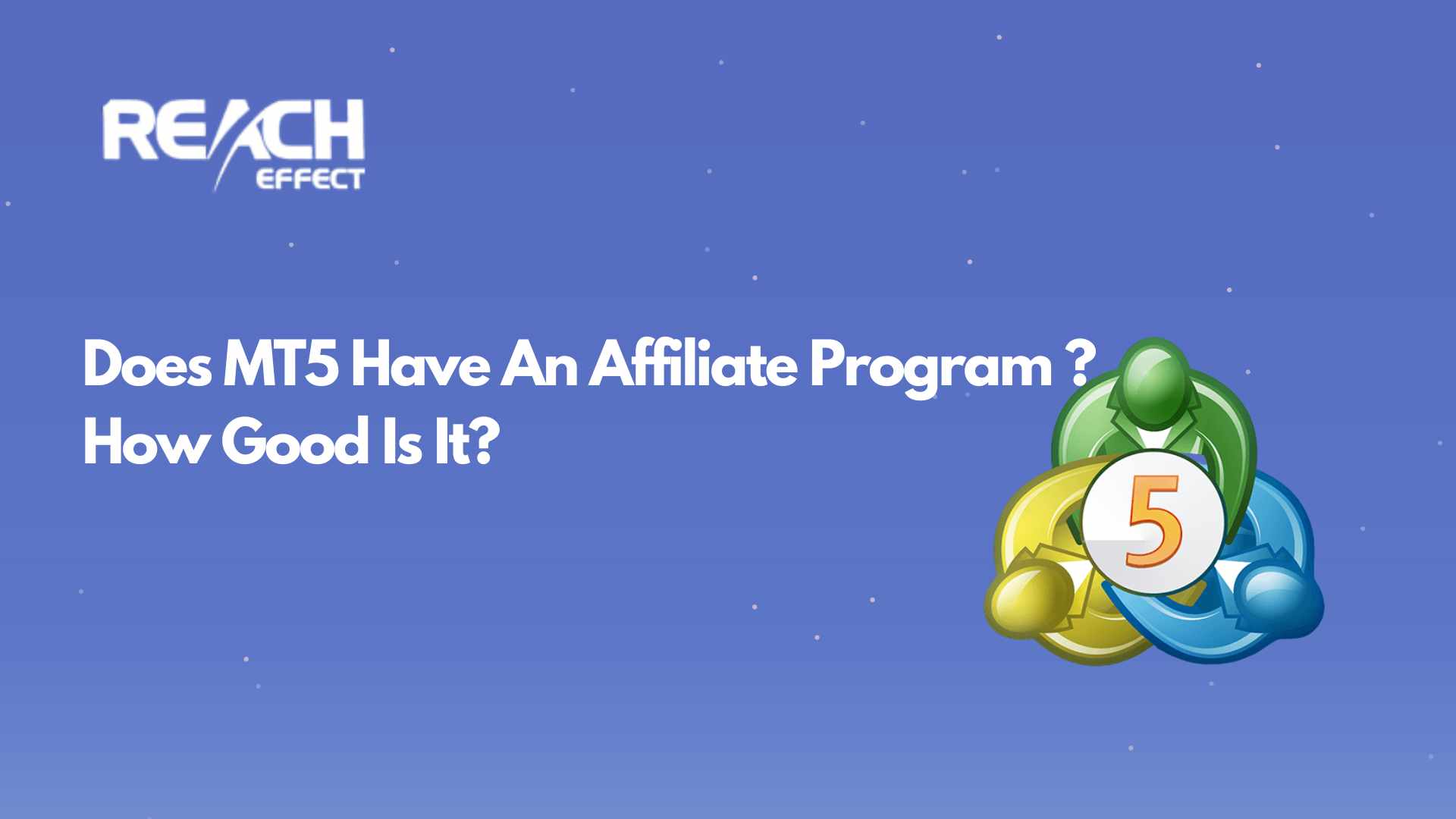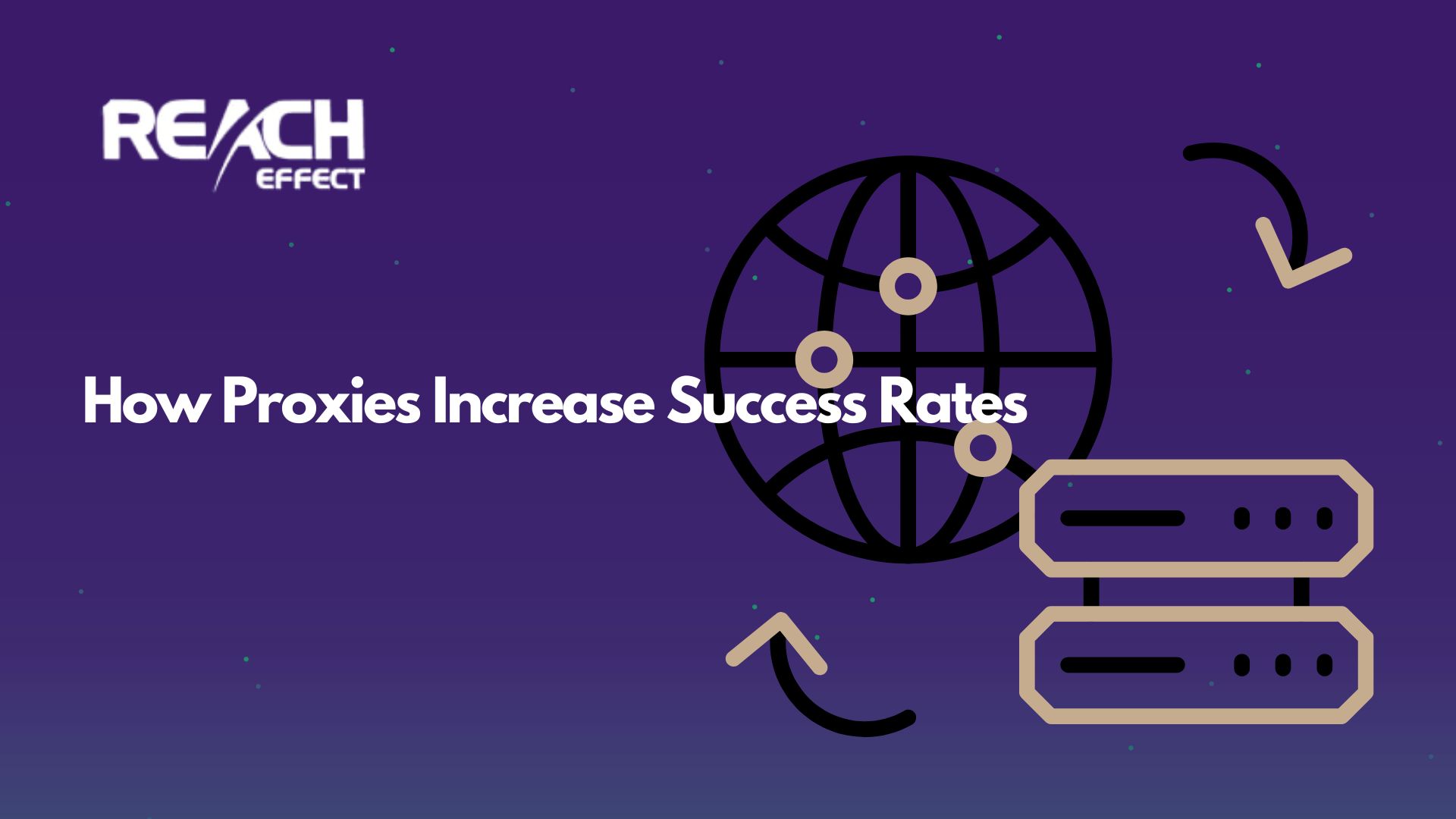In this business, numbers guide our decisions. Two key numbers are Click-Through Rate (CTR) and Conversion Rate. They seem connected, but a high CTR does not always mean high conversions. This can confuse marketers who see lots of clicks but few results. Understanding why this happens is important for improving campaigns.
In this article, we will try to explain the relationship between click through rate vs conversion rate. It also offers tips to boost your success using digital marketing metrics.
Understanding CTR and Conversion Rate
First, let’s define these terms clearly.
- Click-Through Rate (CTR): This shows the percentage of people who click on your ad or link out of everyone who sees it. For example, if 200 people see your ad and 10 click, your CTR is 5%. A high CTR suggests your ad grabs attention.
- Conversion Rate: This measures the percentage of people who take an action after clicking. That action might be buying a product, signing up, or filling out a form. If 10 people click and 2 buy, your conversion rate is 20%. It shows how well your campaign turns clicks into results.
Both metrics matter in digital marketing. CTR reflects how appealing your ad is. Conversion rate shows how effective your next steps are. But a gap between them can signal problems.
Why High CTR Doesn’t Guarantee High Conversions
A high CTR feels like a win. More clicks should mean more conversions, right? Not always. Several issues can break that connection. Here are the main reasons.
1. Ads That Don’t Match Expectations
If your ad promises something it can’t deliver, people will click but not convert. For instance, an ad might say “Get a Free Gift” but lead to a page asking for payment. Visitors feel tricked and leave fast. This boosts CTR but kills conversions.
2. Weak Landing Pages
Your ad might be great, but the landing page matters just as much. A page that’s hard to use or unclear stops people from acting. Poor design, missing buttons, or too much text can frustrate visitors. Conversion rate optimization focuses on fixing these problems.
3. Wrong Audience
Sometimes, too many people see your ad. If it reaches folks who aren’t interested, they might click out of curiosity but not buy. Broad targeting increases CTR without improving conversion rates. Narrowing your audience helps attract the right people.
4. Technical Problems
Even a perfect ad and page can fail if the tech doesn’t work. Slow load times or broken links stop conversions cold. People won’t wait or troubleshoot for you. Regular CTR analysis can spot these issues before they hurt results.
5. Offers That Don’t Convince
Your offer needs to seal the deal. If it’s weak, unclear, or not valuable, clicks won’t turn into actions. A high price or no incentive can push people away. Strong offers are key to bridging the gap between CTR and conversions.
Digging Deeper with CTR Analysis
To fix this disconnect, you need to look at your data. CTR analysis helps you see what’s working and what’s not. It’s not just about clicks. It’s about understanding why those clicks don’t lead to results. Start by comparing your CTR and conversion rate over time. If CTR spikes but conversions stay flat, something’s off.
Next, check where your clicks come from. Are they from the right audience? Look at your ad copy too. Does it match your landing page?
Steps to Improve Conversion Rates
Once you know why CTR and conversions don’t align, you can act. Here are practical steps to close the gap.
1. Test Everything
Try different versions of your ads and pages. A/B testing lets you compare two options. For example, change your ad headline and see which gets more conversions. Test landing page layouts too. Small tweaks can make a big difference.
2. Focus Your Audience
Stop chasing everyone. Use data to target people likely to convert. Look at age, interests, or past behavior. A smaller, better audience often beats a big, random one. This boosts both CTR and conversion rate.
3. Polish Your Landing Pages
Make your landing page simple and clear. Use bold buttons and short text. Ensure it loads fast and works on phones. Conversion rate optimization tools from Reacheffect can guide you here. They show where visitors drop off.
4. Fix Tech Issues
Test your site regularly. Click every link and submit every form. Speed up slow pages. A smooth experience keeps people moving toward conversion. Don’t let glitches undo your hard work.
5. Sweeten the Deal
Give people a reason to act. Add a discount or a free trial. Create urgency with a countdown timer. A strong offer turns curious clickers into buyers. Keep tweaking until it feels irresistible.
Why This Gap Matters
A high CTR with low conversions wastes time and money. You’re paying for clicks that don’t pay off. Fixing this makes your campaigns more efficient. It also grows your business faster. Metrics like CTR and conversion rate tell a story. Learning to read it helps you win.
Real-World Example
Imagine running an ad for a fitness app. It says “Lose Weight Fast” and gets a 10% CTR. That’s impressive. But only 1% of clickers sign up. Why? The landing page is a wall of text with no clear “Join Now” button. People click, get confused, and leave. By simplifying the page and adding a bold sign-up option, conversions jump to 5%. Same ad, better results.
This shows how CTR and conversion rate work together. One without the other isn’t enough. You need both to succeed.
Keep Improving Over Time
Improving conversion rates isn’t a one-time fix. It’s a cycle. Test, analyze, adjust, repeat. Each change teaches you more about your audience. Over time, your CTR and conversions will align better. Patience pays off.
Start small. Pick one ad or page to tweak. Use data to guide you. Soon, you’ll see clicks turn into results more often. It’s not magic. It’s smart marketing.


